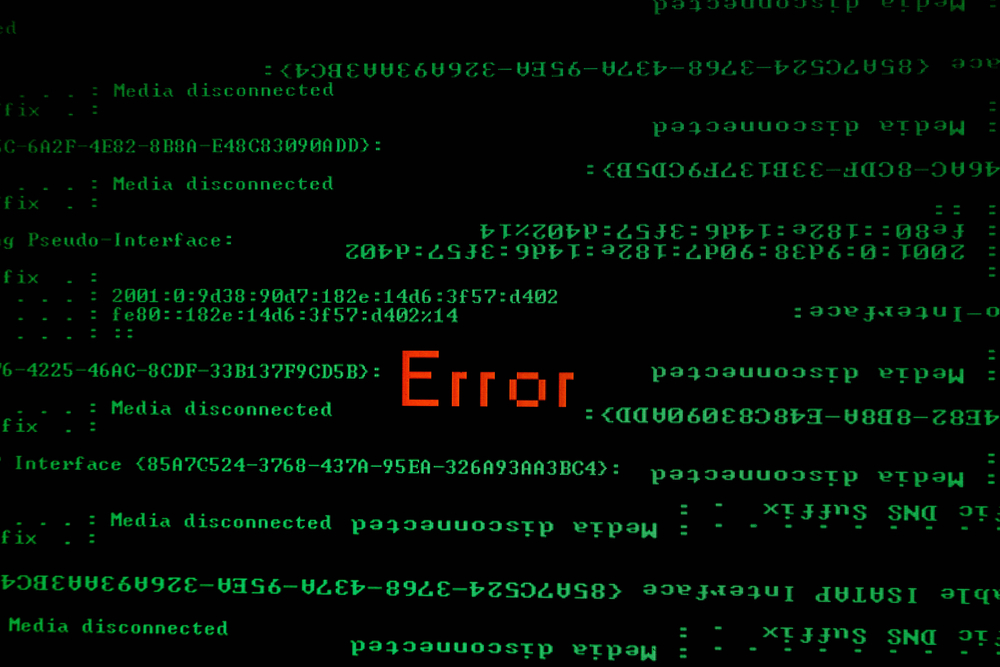Hacking.Sucks, but that doesn’t stop cyber-criminals from taking advantage of digital security weaknesses and exploiting them for a profit. Unfortunately, many companies that find themselves on the receiving-end of malicious hackers end up paying the price—in compromised data or ransom payments.
Data breaches like “ransomware” are increasingly threatening personal and private data, as seen by the recent WannaCry attacks. Ransomware refers to the nefarious practice of locking users out of their files unless the victim pays a ransom, which often increases in value the longer it is left unpaid. Ransomware targets big businesses, healthcare providers, and even individuals—basically anyone it can infiltrate and steal from—so here are some ways to make sure your person or business data stays safe:
1. Update Your Software
WannaCry was able to infect computers that hadn’t received an important security patch from Microsoft. Don’t give hackers the edge by forgetting (or refusing) to download the latest software or patch your devices. It may be a nuisance waiting for new software updates to load, but it is far less inconvenient than losing crucial information to malicious hackers. Set your computer to automatically check for updates. If you run a business, make sure your employees know the importance of doing so as well.
2. Use Different Passwords

Every online account you use should have a unique and complex password to better protect yourself from hackers. If you use the same password for your email account as you do a random (and perhaps low-budget) photo storage system, the latter could get hacked, leading the culprits to then access your more secure email account. You should also use two-step authentication, which not only requires a user name and password, but an additional piece of information (e.g. answers to personal security questions). You should also change your passwords often and avoid linking your accounts together (using Facebook to sign in to another app or product, for example).
3. Use Security Software
Consider investing in antivirus and anti-malware software, anti-spyware, anti-exploit technology and/or a firewall system, if you haven’t already. Every little bit of security helps keep your data out of harm’s way. Research top anti-virus and anti-malware suites—it may seem like overkill, but with the amount of sophisticated malware circulating the net, you’ll be glad you have a program designed to keep your information safe.
4. Spread the Word

Make sure friends, family, colleagues and employees are all aware of the dangers of ransomware and understand the importance of taking steps to protect their own information. As ransomware can spread across shared servers, you’re only as safe as your weakest link. Consider making security measures mandatory office-wide and schedule regular calendar reminders for employees to change their passwords and update their antivirus software.
5. Back Up Your Information
Make sure you back up your data often, and that the back ups are secure and out of harm’s way. Ransomware hinges on the fact that you will pay for your stolen data rather than allowing it to be erased forever. If you have a hardcopy of your files stored elsewhere, however, this threat becomes less daunting, and in some cases is eradicated completely.
6. Don’t Get Phished

Phishing schemes have become increasingly hard to detect—just take the slew of PayPal scams that have convinced unwitting recipients to enter their email addresses to “fix” an issue with their PayPal account. The phishing emails even have the PayPal logo and fine print at the bottom.
If you see a link or downloadable file in an email or elsewhere, make sure that you know who it is from and what it is. Do you know them? Is it actually them? Look for combined letters that mimic one another (W and VV, for example). You should also check for small grammatical errors and other inconsistencies. When in doubt, call the sender or company and ask if the correspondence is legitimate.
The Takeaway
Don’t let hackers and ransomware catch you off guard. In today’s increasingly digital world, you can’t afford to be locked out of your important files. If you or someone you know has been a victim of these devastating online attacks, Ransomware.Sucks could be the digital hub you need to spread the word about how to stay safe from data thieves.
Have ideas on how to protect your information from hackers at large? Want to call out malicious online activity and put malware creators in their place? Join the conversation with a custom .SUCKS domain.
Photos: Shutterstock / Yuttanas, Shutterstock / Rawpixel, Shutterstock / Monkey Business Images, Shutterstock / Rawpixel










